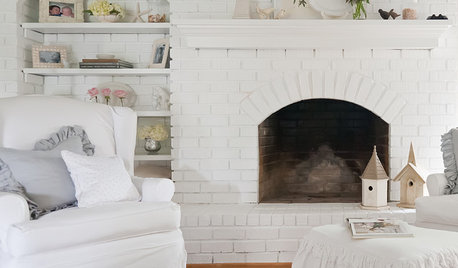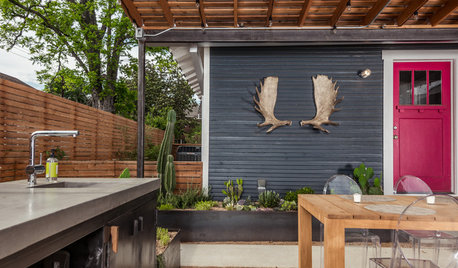Lithops Care Lowdown
rachels_haven
10 years ago
Related Stories

LIGHTINGThe Lowdown on High-Efficiency LED Lighting
Learn about LED tapes, ropes, pucks and more to create a flexible and energy-efficient lighting design that looks great
Full Story
ARCHITECTUREDesign Workshop: The Lowdown on Colossal Doors
Want to erase the boundary to the outdoors? Here’s what to know about materials, cost, energy efficiency and more
Full Story
HEALTHY HOMEHow to Childproof Your Home: Expert Advice
Safety strategies, Part 1: Get the lowdown from the pros on which areas of the home need locks, lids, gates and more
Full Story
ARTYour Guide to Custom-Framing Photos and Art
Get the lowdown on framing materials, methods and more
Full Story
HEALTHY HOMEA Guide to Indoor Air Purifiers
Get the lowdown on air filtration systems for your house and the important ratings to look out for
Full Story
WINDOW TREATMENTSHow Low Should Your Drapes Go?
Hover, brush the floor or pool like Scarlett O'Hara's tears — we give you the lowdown on curtain length options
Full Story
HOUSEKEEPINGWhat's That Sound? 9 Home Noises and How to Fix Them
Bumps and thumps might be driving you crazy, but they also might mean big trouble. We give you the lowdown and which pro to call for help
Full Story
GREAT HOME PROJECTSHow to Remodel Your Fireplace
Bring your fireplace design up to snuff with this makeover lowdown
Full Story
REMODELING GUIDESFall Fixes: Get Your Fireplace Cold-Weather Ready
Here's the low-down on what to check before lighting the hearth for the holiday season
Full Story
PATIOSPatio Details: See What Makes Up This Outdoor Room in Houston
Want to get the look of this patio and outdoor kitchen? Here's the lowdown on design, materials and costs
Full Story








hanzrobo
rachels_havenOriginal Author
Related Professionals
70037 Landscape Architects & Landscape Designers · San Juan Landscape Architects & Landscape Designers · La Verne Landscape Contractors · Raleigh Landscape Contractors · Gary General Contractors · Hanford General Contractors · Valle Vista General Contractors · Valley Station General Contractors · Waxahachie General Contractors · Killeen Carpenters · Fishers Decks, Patios & Outdoor Enclosures · Fredericksburg Decks, Patios & Outdoor Enclosures · Manchester Decks, Patios & Outdoor Enclosures · Redmond Decks, Patios & Outdoor Enclosures · Vandalia Decks, Patios & Outdoor Enclosureshanzrobo
rachels_havenOriginal Author
rachels_havenOriginal Author
rachels_havenOriginal Author
hanzrobo
rachels_havenOriginal Author